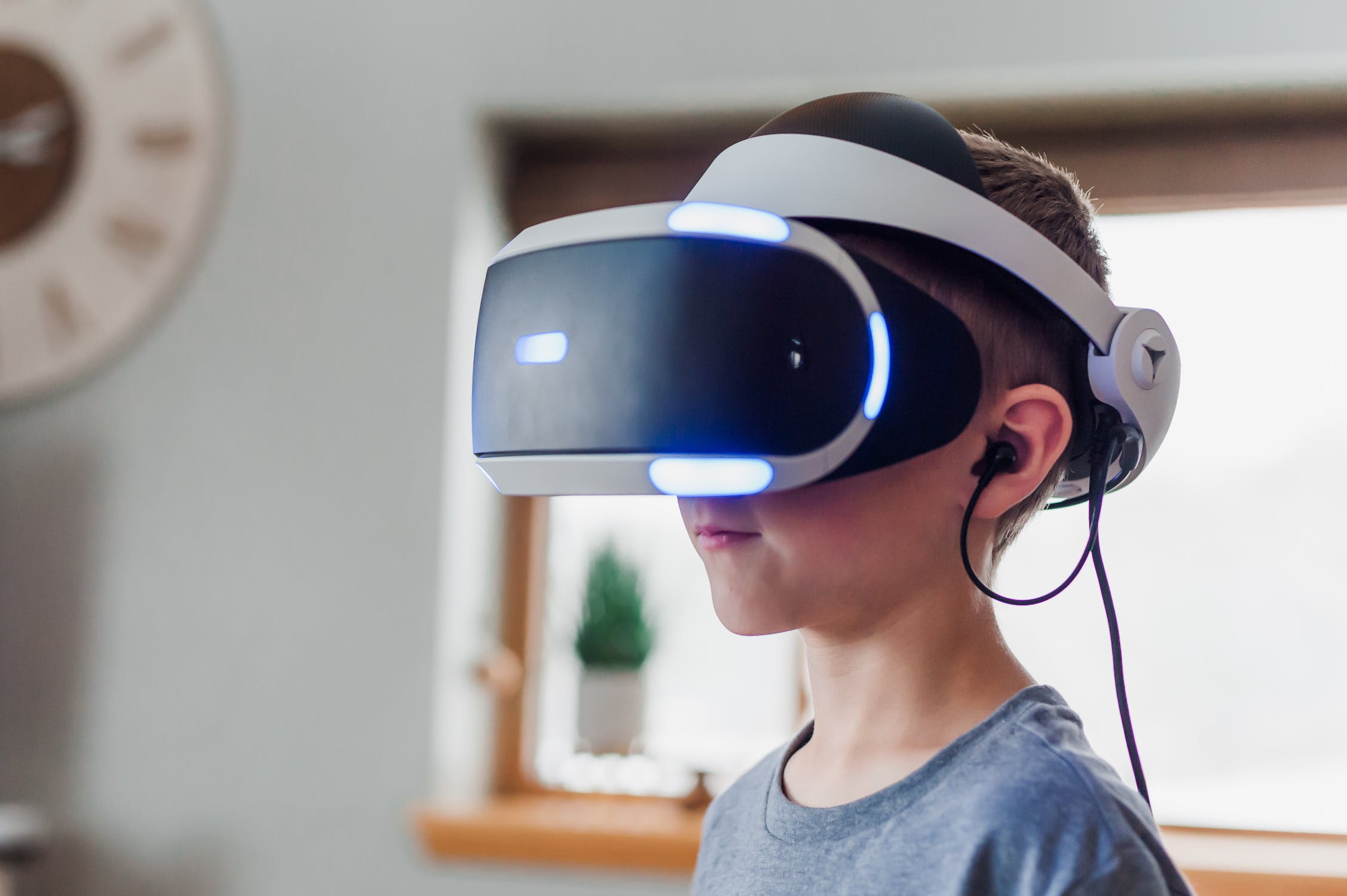Step into a world where anything is possible, and reality becomes limitless. Virtual Reality (VR) has been around for quite some time now, but it’s only recently that it’s gone mainstream. With the technology evolving at lightning speed, there are endless possibilities of what we can achieve with VR. From gaming to healthcare and education, virtual reality is transforming the way we experience the world around us. In this blog post, we’ll explore five exciting technologies in VR that you need to watch out for! So buckle up and get ready to be transported into a whole new dimension of innovation and creativity!
1. Introduction to Virtual Reality
Virtual reality (VR) is a simulated experience that can be similar to or completely different from the real world. Applications of virtual reality include entertainment (e.g. video games) and educational purposes (e.g. medical or military training). Other potential uses include surgery, physical therapy, and psychological treatment.
At its simplest, a virtual reality experience can be created by using a computer to generate a 3D image that can be viewed on a screen through special glasses worn by the user. However, more immersive experiences can be created by using head-mounted displays that provide a wider field of view and allow the user to interact with the environment using hand controllers. Some VR systems also use haptic feedback, which allows the user to feel sensations in their hands or other body parts.
Types of VR Technologies
There are four main types of VR technology:
Location-Based VR: These are large, multi-person experiences that use physical spaces to create immersive environments. Examples include The Void and IMAX VR.
Desktop VR: This is the most common type of VR experience and uses a headset connected to a computer or gaming console to generate realistic images, sounds and other sensations that simulate a user’s physical presence in a virtual environment. Oculus Rift and HTC Vive are two popular examples of desktop VR systems.
Mobile VR: Mobile VR uses a smartphone as the display and processing device, with a headset into which the phone is inserted. Google Cardboard and Daydream View are two popular examples of mobile VR headsets.
Augmented Reality (AR): AR technology mixes real-world surroundings with computer-generated images and information – think Pokemon Go. Microsoft HoloLens is one example of an AR headset.
Social VR: Bringing People Together in a Virtual Space
1. Social VR: Bringing People Together in a Virtual Space
Virtual reality has the potential to change the way we interact with each other and the world around us. One of the most exciting applications of VR technology is social VR, which allows people to connect with each other in a virtual space.
There are already a number of social VR platforms available, such as Facebook’s Oculus Rooms and Viveport’s Socio. These platforms allow users to meet up with friends, play games, and even watch TV together.
What makes social VR so special is that it can help people who are geographically far apart to feel like they are in the same room. This is especially valuable for families and friends who live in different parts of the worl
In the future, social VR will become more immersive and realistic as technology advances. We will be able to visit virtual versions of real-world locations and meet new people from all over the globe.
Augmented Reality and Mixed Reality: Blending the Real World with the Virtual World
Augmented reality (AR) is a technology that superimposes computer-generated images on a user’s view of the real world, thus providing a composite view. Mixed reality (MR) is a hybrid of AR and virtual reality (VR), where real-world and virtual objects coexist and interact in real time.
With AR and MR, businesses can create interactive experiences for their customers that blend the physical and digital worlds. For example, retailers can use AR to allow shoppers to virtually try on products before making a purchase.
real estate agents can use MR to give potential buyers an immersive experience of properties that are still under construction. And training simulations for surgeons can be created using VR technology, which can then be used in combination with AR or MR to provide an even more realistic experience.
Wearable Devices: Enhancing Your Immersive Experience
We all know that feeling of being so immersed in a book, movie, or video game that we forget where we are. What if there was a way to make that feeling even more immersive? That’s where wearable devices come in.
Wearable devices like the Oculus Rift and HTC Vive allow you to enter into a virtual world and interact with it in a very realistic way. But it’s not just about gaming. These devices have the potential to change the way we interact with computers, communication, and even our physical environment.
For example, imagine being able to put on a pair of glasses that would give you information about the people and things around you. Or what if you could put on a shirt that would let you feel the wind and sun as if you were really outside? The possibilities are endless.
Of course, there are still some challenges to overcome before these technologies can truly go mainstream. But the potential is there and the future looks very exciting.
Haptic Technology: Adding Touch to your VR Experience
Haptic technology, also known as kinaesthetic communication or 3D touch, refers to the sense of touch. It is used in virtual reality (VR) to give users a realistic feeling when they interact with digital objects. This technology can be used to create realistic textures, pressure, and vibrations. It can also be used to create the sensation of temperature, weight, and shape.
Haptic feedback is essential for creating an immersive VR experience. Without it, users would feel like they are floating in a void or interacting with lifeless objects. With haptic feedback, users can feel like they are actually touching and manipulating real objects. This makes VR much more realistic and enjoyable.
There are a few different ways that haptic technology can be used in VR. One way is to use special gloves or controllers that provide haptic feedback. These devices can be expensive and require special software to work properly. Another way is to use a haptic suit. These suits are large and bulky but provide full-body haptic feedback. The latest way to provide haptic feedback is through exoskeletons. These devices are still in development but show great promise for providing realistic haptic feedback without the need for gloves or a full suit.
Whichever method of haptic delivery is used, the goal is the same: to make the user feel like they are interacting with real objects in a virtual world. Haptic technology is an important step towards making VR truly immersive and mainstream
Conclusion
Virtual reality is an exciting and rapidly-evolving technology that promises to revolutionize the way we access information, interact with others, and experience entertainment. From virtual travel to augmented reality headsets and beyond, the possibilities of this emerging technology are virtually limitless. With more companies investing in virtual reality technologies every day, it’s clear that VR will soon be a part of everyday life for most people around the world. So if you’re looking for something new and exciting to watch out for in 2020, start checking out all the amazing VR technologies available today!










